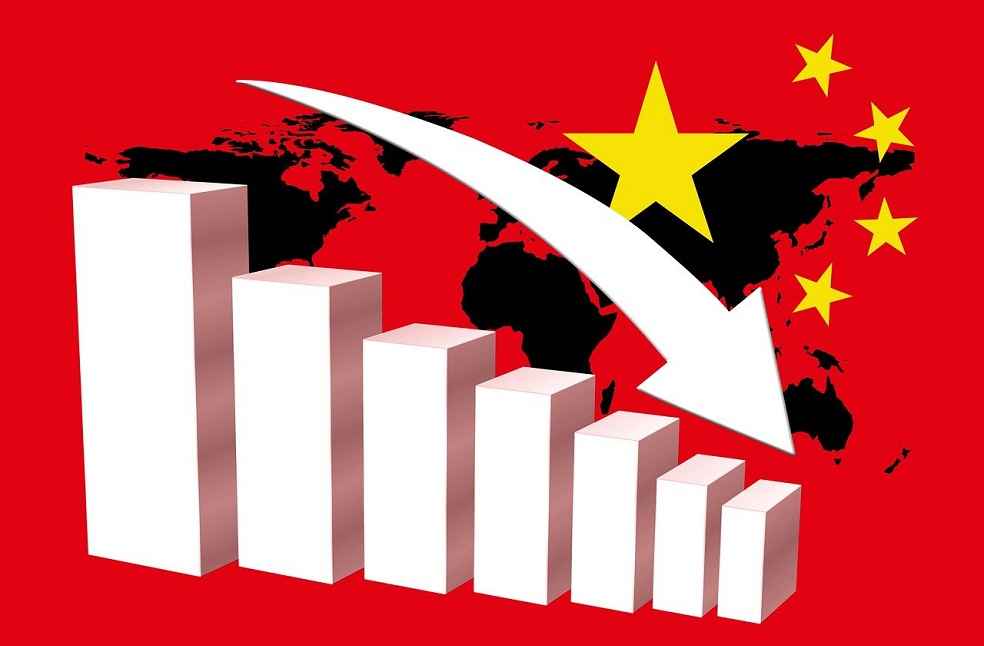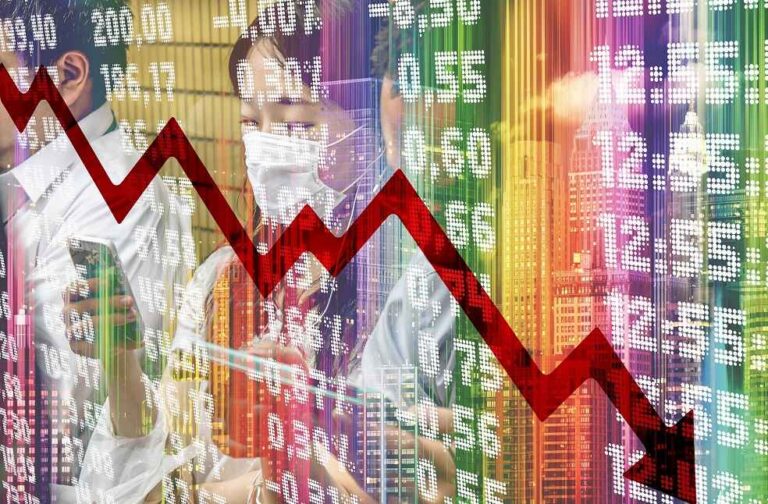Reports suggest that China’s economic landscape is sinking into its worst period. But according to the latest analysis by the International Monetary Fund (IMF), this transition journey is expected to witness subtle changes, with China’s GDP expected to jump from three percent growth in 2022 to five percent in 2023. But , is estimated to be 4.2 percent in 2024.
China, a paramount epicenter of global trade, navigates the economic currents with the magnitude that reverberates across its extensive archipelago of trading partners. Particularly, in the corridors of Asia and Africa, countries such as Taiwan, Malaysia, Korea, Thailand, Congo, Zambia, Angola, and Gabon find themselves in the crucible of vulnerability, given their intimate economic affiliations with China, as per insights from CareEdge Ratings.

In the broader spectrum, the IMF portrays a tableau of optimism, anticipating that the ripples of China’s economic moderation will cascade through the global economy with limited tumult. With an undercurrent of resilience, the global GDP growth has been nuanced upward, predicting a three per cent ascendancy in 2023, underpinned predominantly by the steadfast pillars of the US economy.
China’s colossal footprints echo across the global commodity arenas, wielding a commanding influence through its consumption patterns—marked by dominion over significant global reserves of essential commodities such as iron ore, aluminium, cotton, and crude oil. In the economic theatre, China’s performance plays a critical role, orchestrating symphonies of demand and supply that resonate with varying amplitudes across global markets.
Amidst China’s omnipresence, the Bloomberg Commodity Index narrates a tale of contraction, showcasing a six per cent declination year-to-date in 2023, emblematic of the intricate interplay of diverse market forces and strategic realignments.

Navigating through the winds of transformation, China’s economic saga is poised to embrace a new chapter, marked by strategic governmental interventions aimed at steering the real estate sector towards the horizons of sustainability. Policy landscapes seem to be in the throes of a reshaping, with a dissipating emphasis on speculative pursuits and a heightened focus on harmonizing the realms of housing affordability and market stability.
China’s trading tapestry is embroidered with partnerships that traverse across a spectrum of more than 120 nations, weaving patterns of economic interchange that resonate with varying intensities across geographical and strategic domains. Despite navigating through seas of uncertainties and policy tempests, the authoritative compass in China seems calibrated towards a trajectory of stability, navigating through the global trade waters with a balanced keel and a vision of sustainable economic voyage.
China’s position is not what the media and market researchers are saying. They claim; Officials have noted some concerns over China’s foreign trade growth rate, however, officials believe the sector’s overall development is sustainable.
EDITOR’S CHOICE | Global Textile Chemicals Market on a Bull Run to USD 37.58bn



